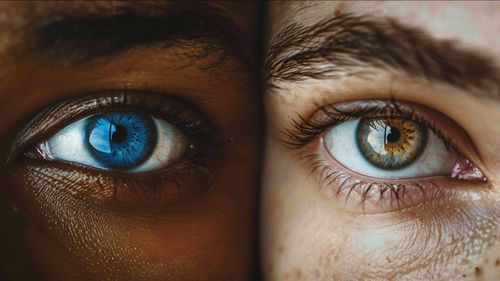The Jane Elliott Experiment Explained: The Lasting Legacy of Blue Eyes/Brown Eyes
Mar 19, 2024 · 2 mins read
0
Share

Jane Elliott, a schoolteacher, turned the world into her classroom after MLK's assassination. She chose a puzzling approach to teaching about prejudice: by creating it!
Save
Share
Elliott divided her 3rd grade class based on their eye color. Blue-eyed kids were 'superior', green or brown-eyed 'inferior'. Suddenly, kids experienced prejudice firsthand!
Save
Share
The 'superior' group received privileges, while the 'inferior' ones faced discrimination. Elliott observed a dramatic change in their behavior and performance in a day.
Save
Share
Blue-eyes revelled in their supremacy. Green/brown-eyes, their spirits squashed, underperformed in tasks. Prejudice had rapidly transformed a friendly class into a biased one.
Save
Share
But here's the kicker, the next day, Elliott reversed the roles. The former 'inferiors' now relished their turn, while the former 'superiors' reeled from the injustice.
Save
Share
Elliott's brilliant yet cruel experiment exposed how arbitrarily-ascribed superiority can affect behavior. A true game-changer in understanding systemic social inequality.
Save
Share
Elliott's experiment makes us rethink stereotypes. How many potential Einsteins do we lose because society, like those third graders, believes in baseless 'superiorities'?
Save
Share
Her experiment, now known as 'Blue Eyes/Brown Eyes', is a stark reminder that prejudice isn't inherent but learned. We're born blank slates, society fills in the colors.
Save
Share
Elliott's experiment may be old-school, but its lessons remain pertinent. It reminds us that we can unlearn prejudice and replace it with understanding and empathy.
Save
Share
So next time you notice a stereotype creeping into your mind, remember Jane Elliott's 3rd grade class. Dare to challenge it, and write your own color-blind story.
Save
Share
0